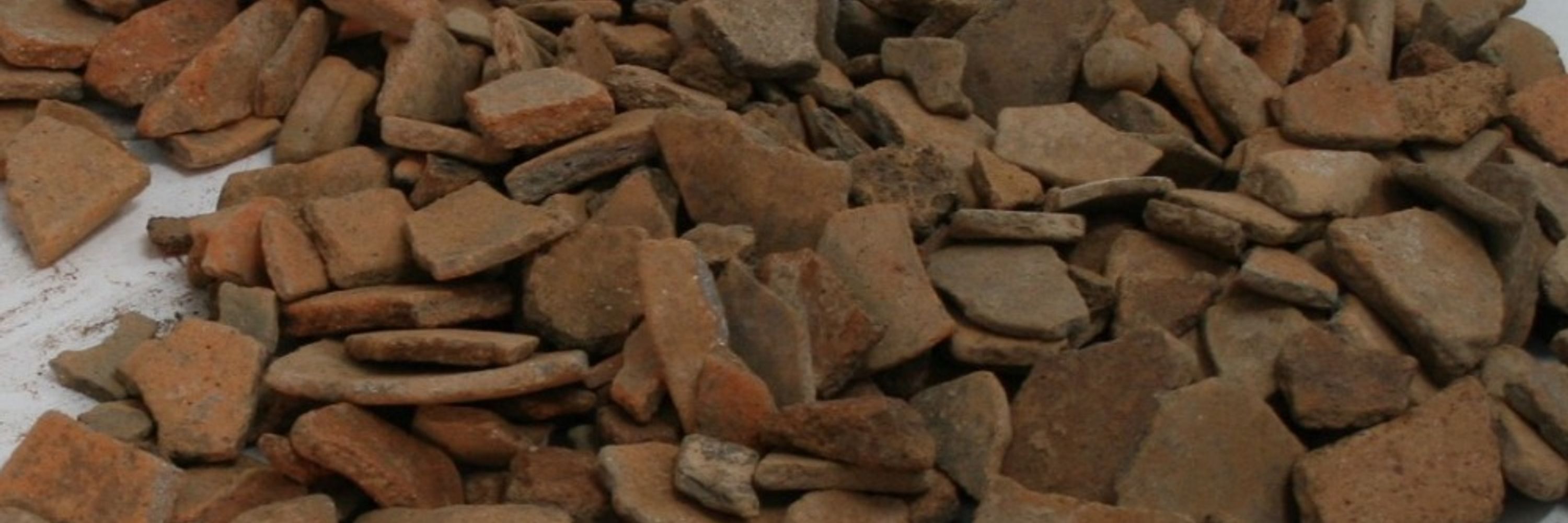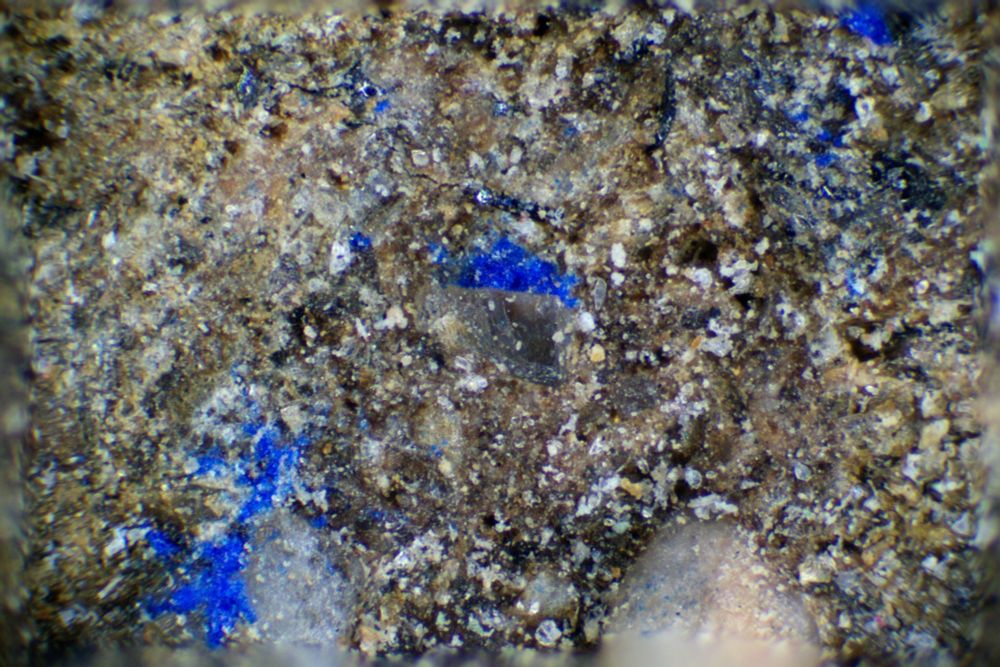Clare Burke
@thesherdnerd.bsky.social
2.1K followers
660 following
390 posts
#Archaeologist | Craft, Foodways & Identity: Where, How & Why pots were made & used in prehistoric #Aegean #Balkans 🏺🧪|Assoc ÖAI| Assist. Prof Arch Materials, Uni of Nottingham | Own views/Not endorsements https://www.researchgate.net/profile/Clare-Burk
Posts
Media
Videos
Starter Packs
Reposted by Clare Burke
Reposted by Clare Burke
Reposted by Clare Burke
Clare Burke
@thesherdnerd.bsky.social
· Sep 3
Reposted by Clare Burke
Kayt Hawkins
@kayth.bsky.social
· Sep 3
Reposted by Clare Burke
Clare Burke
@thesherdnerd.bsky.social
· Sep 2
Clare Burke
@thesherdnerd.bsky.social
· Sep 1

Svinjarička Čuka in Serbia. Свињаричка чука, Србија. Highlights from 8000 to 3000 years ago. Вишеслојно налазиште од пре 8000 до пре 3000 година | 978-3-7001-9717-1 | Verlag der ÖAW
Bestellen sie jetzt Svinjarička Čuka in Serbia. Свињаричка чука, Србија in unserem Verlagswebshop.
verlag.oeaw.ac.at
Clare Burke
@thesherdnerd.bsky.social
· Sep 1














